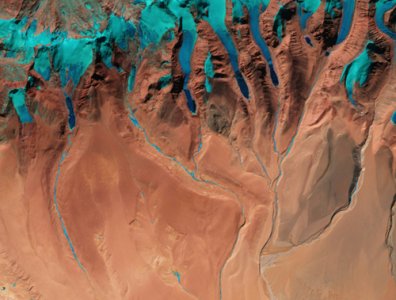Monetary policy must recognise climate risks
Reserve Bank of New Zealand Governor (RBNZ) Adrian Orr says the bank is increasingly considering climate risk in its monetary policy settings and financial system supervisory roles.
Speaking at a breakfast event hosted by the IoD’s Chapter Zero NZ, Orr said monetary policy settings may need to be adjusted in light of climate change impacts, and this is being investigated by the global central bank Network for Greening the Financial System (NGFS). The RBNZ co-chairs a work stream, with Italy’s Banca d’Italia, on the implications of “Net-zero for Central Banks” for the NGFS.
“Disruptive supply-side shocks like those from Russia’s invasion of Ukraine and the pandemic foreshadow potentially similar supply-side shocks from worsening climate impacts and an economy in transition,” says Orr.
“Understanding the work to be done to transition to net zero will give us a sense of the potential impact on employment and inflation in New Zealand.”
Climate change risk is also a priority for New Zealand’s Council of Financial Regulators, which brings the RBNZ together with the Financial Markets Authority, the Commerce Commission, the Ministry of Business, Innovation and Employment, and Treasury.
“While drought has historically been the greatest climate-related exposure the New Zealand economy faces, climate change will also increase the frequency and severity of other events such as storms and floods, as unfortunately seen last summer.”
Stress testing
The RBNZ has recently begun to include climate-related risks into its scenario stress testing, Orr says.
“In 2022, our stress testing work with banks included assessments of a range of climate-related risks, including coastal and inland flooding, drought, and emissions pricing. I encourage you to view the results of those tests on our website.
“New Zealand’s five largest retail banks are currently undertaking a further Climate Stress Test, which is used to assess the resilience of their balance sheets to combined physical and transition risks out to 2050.”
Orr said plausible scenarios show the risk of 20% shifts in profitability due to well-known potential impacts such as emissions pricing for the agricultural sector, or the impact of drought.
The results of the central bank’s stress testing are published on its site. Work is also underway to produce guidance specific to the banking and insurance sectors.
“We published a draft version in March and received some helpful feedback that we’re now working through.”
RBNZ may digitise the NZ$
Orr said a digital New Zealand dollar could be issued alongside physical cash in order to improve payment security during climate disasters.
“Crisis situations like Cyclone Gabrielle demonstrated only too clearly the lifeline nature of cash and payment systems,” says Orr.
“Some retail banks have lost local capability through closing branches and reducing ATM numbers, making them more reliant on roading, data and electricity networks at increasing risk of disruption due to climate change. The cash system will need to adapt over time to continue to meet the needs of New Zealanders, potentially including a new digital New Zealand dollar, to circulate alongside physical cash.”
Eleven countries currently have digital currencies and large economies such as China, the US and India have announced trial programmes or feasibility studies on the prospect.
The RBNZ has previously published an issues paper on a potential digital NZ$ and is currently consulting with technical experts on how a digital currency might be launched.



